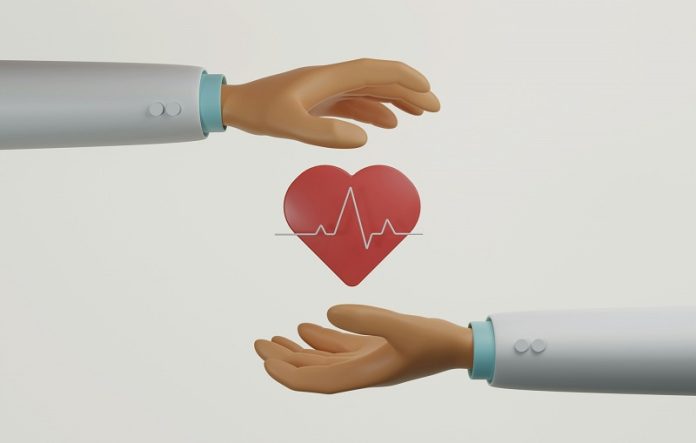
A new study by scientists from Baylor College of Medicine in the U.S. and the QIMR Berghofer Medical Research Institute in Australia could lead to exciting new treatments for heart failure. The researchers have found a new way to help damaged hearts heal by encouraging heart cells to grow again — something once thought to be impossible.
When someone suffers from heart disease, especially after a heart attack, part of their heart muscle becomes damaged. The cells in the heart that are responsible for beating, called cardiomyocytes, usually do not grow back once they die.
This makes the heart weaker over time and can lead to heart failure, a serious condition where the heart can’t pump enough blood to the rest of the body. Doctors have long been searching for a way to help these heart cells regenerate, or grow back, and this new study brings fresh hope.
In this research, the scientists focused on how calcium affects heart cells. Calcium is not just important for bones—it also plays a key role in helping heart cells work. Previous research showed that calcium levels inside heart cells are involved in how these cells grow or stop growing. So, the team wondered what would happen if they stopped calcium from getting into the cells.
To test this idea, they used a method to block something called the L-Type Calcium Channel, or LTCC for short. This channel is like a tiny door that allows calcium to enter the heart cells.
By blocking this door, the researchers found that heart cells began to turn on special genes that help cells divide and grow. In simpler terms, the heart cells began to behave more like cells that can multiply and repair the heart.
They tried two different ways to block the calcium channel—using drugs and also using genetic tools. In both cases, they saw that the heart cells began to replicate more.
One of the drugs they used is called nifedipine, which is already used by doctors to treat high blood pressure. This means that the discovery might one day lead to treatments using existing medicines in a brand new way.
They also found that a protein called calcineurin played a part in this process. Calcineurin helps control many things inside cells, including whether they grow. When calcium was blocked, calcineurin acted differently, which helped the heart cells start dividing. The researchers tested this in both human heart tissue grown in labs and in live animals, and the results were promising.
This discovery is important because it points to a new way to treat heart failure—not just by trying to stop more damage, but by actually helping the heart grow new healthy cells. The idea of making the heart heal itself used to be seen as a dream. But now, thanks to this research, it is starting to look like a real possibility.
Dr. Riham Abouleisa, who led the research, said that their goal was to find a new way to help the heart recover after injury by making the heart muscle grow back. Her co-author, Dr. Tamer Mohamed, explained that this discovery could change how we use some current heart medicines.
Another team member, Dr. Todd Rosengart, added that this kind of breakthrough shows how close we are getting to starting human trials for heart regeneration treatments.
In conclusion, this study shows that blocking calcium from entering heart cells might help those cells grow again. The findings open the door to new kinds of treatments for heart failure, which could one day help millions of people who suffer from this serious condition.
Although the research is still in early stages and more studies are needed, it is a big step toward creating therapies that allow the heart to heal itself—something that was once thought to be impossible.
If you care about heart health, please read studies about how eating eggs can help reduce heart disease risk, and herbal supplements could harm your heart rhythm.
For more health information, please see recent studies about how drinking milk affects risks of heart disease and cancer, and results showing strawberries could help prevent Alzheimer’s disease.
The research findings can be found in npj Regenerative Medicine.
Copyright © 2025 Knowridge Science Report. All rights reserved.



